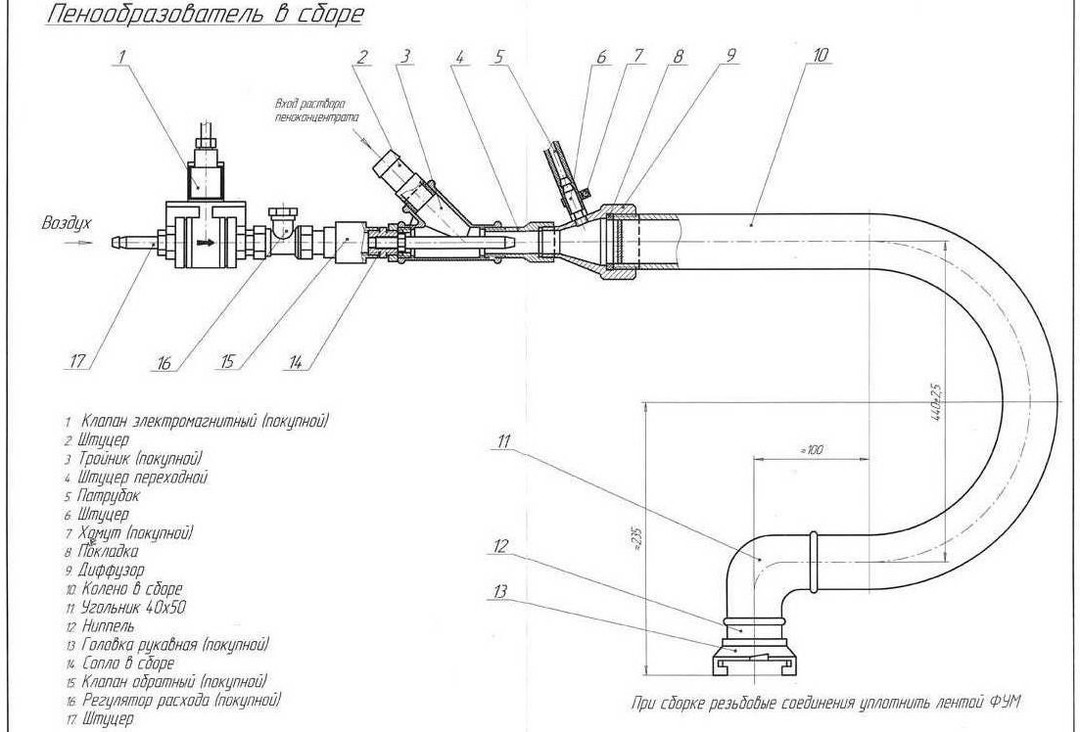Almost every apartment has a TV, and most of them a few for each room. LCD or plasma should be set so as not to take up too much space and it does not have a deleterious effect on vision. One of the most popular mounting options - on the wall bracket. Therefore, many people are wondering how to hang the TV on the wall.
To do this, you first need to choose the type of attachment and then to prepare the tools and only then begin to install.
Setting the TV on the wall has several advantages compared with the placement in the cabinet or rack.
Among them:
- space saving, it is particularly important in small rooms;
- Bracket is worth less than the furniture to stand;
- It prevents access to a television of children and pets;
- better fits into the interior.
But there is a wall location and a number of drawbacks.
These include:
- the complexity of the installation;
- Low mobility - a more complex movement of equipment to another place;
- no place to store accessories and equipment connected to the TV.

The choice of fixing
With wall version Flat-panel installation is necessary to understand how to choose the type of attachment. But before you pick up the place and fixing should consider a number of points:
- the size and weight of the unit;
- size of the room, where the planned installation;
- the presence of a number of outlets and other communications;
- lighting and wall material.
The TV in the brightly sunlit side require dense curtains that have zadergivat when viewing. Too heavy machine does not get fixed on a light partition. screen Ceiling mount appropriate in the kitchen, but it is not suitable for living.
types of brackets
For wall mounting there are several kinds of brackets of different design, adjustable and price.
Fixed
The easiest option, designed for fastening the receiver to a wall without the possibility of adjusting its position. It is simple to install, and low cost.

Inclined
This is a more complicated version of the fixed mounting, enables to adjust the range 15-25 ° screen angle. Suitable devices for mounting above the line of sight. Adjusting horizontal absent.

Swiveling rotary
Here you can change the orientation of the receiver box vertically and horizontally. Indispensable when you install the TV in compact spaces. There are such brackets considerably more inclined, and the suspension structure complicates the installation process.

Mobile
The most complex in design and is the functional form of the suspension. He can turn the TV set in the right direction, move up or push it. It is not suitable for a small room due to the large size. on movable arms prices are high, and the weight of the suspended television receiver is restricted.

overhead
Used in spacious rooms with large spans. On the ceiling bracket TV you can hang right in the center of the room, and you can change the screen direction and tilt it up to 90 °. It is often used in public spaces, such as in waiting rooms, auditoriums and a café.

For domestic installations often choose Tilt or swivel rotary hanger.
homemade bracket
If you are comfortable working with metal and wood to make a mount for TV, you can own.
Of the mounting rail
For the manufacture of such a bracket will need:
- mounting rail with slots, which is used for securing the hinged furniture;
- screws and dowels;
- Electric perforator or percussion drill;
- Set manual screwdriving tool comprising Hacksaw;
- measuring tool - roulette, ruler, square, level.
The sequence of works:
- Measure the distance between the fixing screw holes on the rear of the television.
- Cut two pieces of mounting profile so that the holes fall into the slot.
- Secure the rail segment on the TV screws supplied with the receiver box.
- Second rail fasten to the wall with screws.
- Insert the second rail, which is fixed to the body in the grooves of the first rack on the wall.
To improve the reliability of mounting using a second pair of rails.
Wooden
This mount is suitable for compact TV up to 30 inches. you must prepare the inventory:
- planed board of 20 mm thick;
- 4 pieces hinged hooks, screws, wood screws and ring-shaped fastening bolts;
- hacksaw;
- Electric perforator or hammer drill;
- tape measure, ruler, square, level.
Procedure for the manufacture of fastening:
- Cut the two pieces of boards along the length of the screen.
- Secure the strap bolts on the television set cabinet, screw hooks in them.
- Make marks on the wall in accordance with an arrangement of self-tapping screws and drill holes.
- Fasten them hanging hooks.
- Hang the TV panel, inserting the hooks into the ring.
Fasteners should not be located too close to the edge of the TV, or strap snaps.
Metal
This complete design analogue purchased bracket. For manufacturing need the following materials and equipment:
- 25x25 mm square metal profile;
- 4 corner 25 mm;
- Two steel plates 2.4 mm in thickness and size corresponding to the point of attachment on the rear wall of the television receiver;
- hacksaw or jigsaw;
- drill with drill bits for metal;
- Hammer enamel brushes;
- fasteners;
- vise.
Step-by-step instruction:
- At the corners of the plate 4, drill holes for the screws and plugs.
- In the second plate do the same holes for fixing screws to the back wall.
- Cut metal profile 3 parts. The first will be used for mounting on the wall, the other - for attaching to the body-panel television, and a third will join them.
- Clean, degrease and paint from a metal blank.
- Secure the corners in the middle of the plate, and the pieces of metal sheets between the corners.
- Attach the long bolts central part.
- Screw plate to the wall and then to attach the plate rear wall TV.
- Pick the angle and tighten the fixing screw.
No matter how carefully were made homemade attachment, they will not be able to compete on its reliability with the factory.
Preparing to Install
Quality installation set-top box requires careful preparation. First of all, choose a bracket capable of withstanding the TV's weight. The data sheet indicates the maximum attachment size set-top box along the diagonal in inches and maximum weight.
Unacceptable exceed passport weight, since this may lead to a drop in the art. If the unit weighs more than 25 kg, the installation must be carried out with an assistant.
Also keep in mind for the selection of mounting wall material, and to find a safe place to drill holes need to examine the wiring diagram.
Mounting the TV
Fitting sequence depends on the mounting method.
on the bracket
When the TV is hung on the bracket must act as follows:
- Mark the holes on the wall. Included in many models of television sets are prepared templates. If the template is not present - measure the distance from the lower opening to the bottom edge of the TV and the distance between the holes in the rear wall. First, draw a horizontal line using the level, and then mark the point for the holes on the wall with a pencil.
- After partitioning, make sure it is correct, attach the wall mount.
- Drill the holes and insert the dowels, if the wall is concrete or brick. dowel will not need for the tree.
- Screw the bolts into the holes and fix them on the bracket.
- Gently, do not twist, hang the TV on the bracket.
All wiring - network, antenna, USB, HDMI, speakers, and others are better connected to the TV while it is still not suspended and connectors marking is clearly visible.
without bracket
Models equipped with a special attachment can be mounted without a separate bracket:
- From template to mark the holes in the wall.
- Insert the dowels.
- Screw fastening screws plate.
- Connect the TV to the plate.
- Check that the clips snap into place.
In this case, the wire is also better to connect in advance.
Features wall
From the wall material will depend on the type of fasteners and method of attachment. Concrete and bricks has no restrictions on the weight and dimensions fastened TV, unlike wood and drywall.
drywall
Special dowels butterfly used for drywall. Remember that one part can withstand a load of 10-15 kg. For gypsum wall can be hung televisions up to 42 inches diagonally.
wood
The walls of the timber or timber also have little or no weight limitations. Wooden wall paneling is also able to withstand heavy loads. And for plywood or wood chips is better to use dowels butterfly.
Of fragile materials
When installed on the walls of fragile materials in the through-holes are drilled and fastened through pins on the brackets by placing a washer or nut wide continuous plate. These materials include plaster, arbolit or flimsy cinder block.
masking wires
In order not to spoil the interior wires gently collect in bundles and cover hard or soft boxes cable channels. In addition, all cables can be hidden in the wall, but this option requires careful preparation.

General recommendations
Before you choose the height and angle of the TV installation, you must understand where the audience will be watching TV:
- In the living room, users will sit on the couch, according to their line of sight is almost horizontal, so the middle of the screen should be at a height of 110-150 cm.
- The bedroom on the screen will look lying, and the line of sight will get the elevation angle 30-45 °. TV should be placed at an angle so that the picture is not distorted. Check this can only be a practical way.
- In the kitchen, the TV is rarely look for a long time, it is mainly used as a background sound. Therefore, it can be suspended at large angles to the ceiling.
Also of some interest, whether it is possible to hang the TV above the fireplace. If he is fired every day, this arrangement is prohibited because of the frequent fluctuations of temperature technique quickly fail.
In the case when the fireplace is heated rare and mostly regarded as a piece of furniture, you must first spend a few measurements of the wall temperature in the cold and operational fireplace. If the difference is not more than 1-5 ° C, it is the TV location is acceptable.
Installing a TV panel on the hanger saves space and increases comfort when viewing. And one among the many design options will choose the model that will fit the specified requirements.



